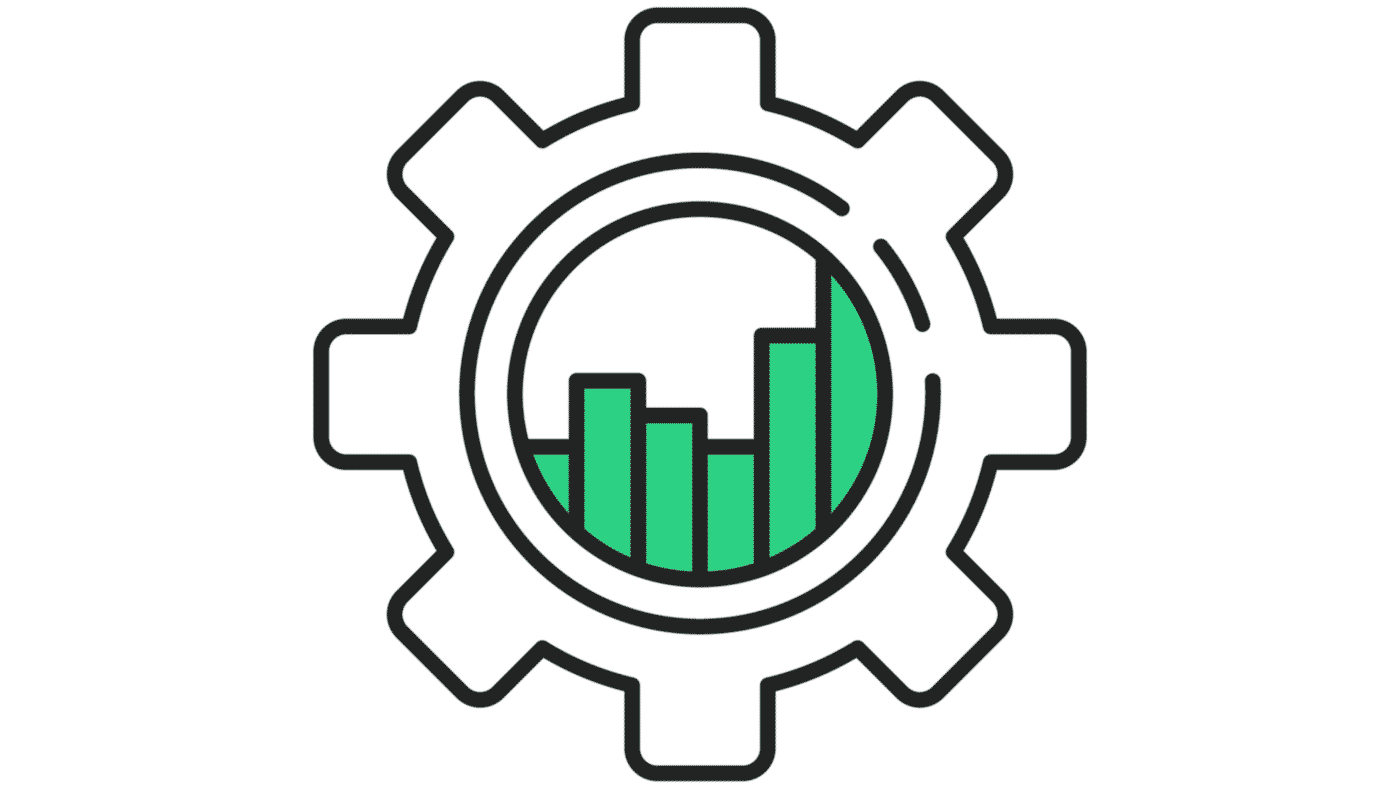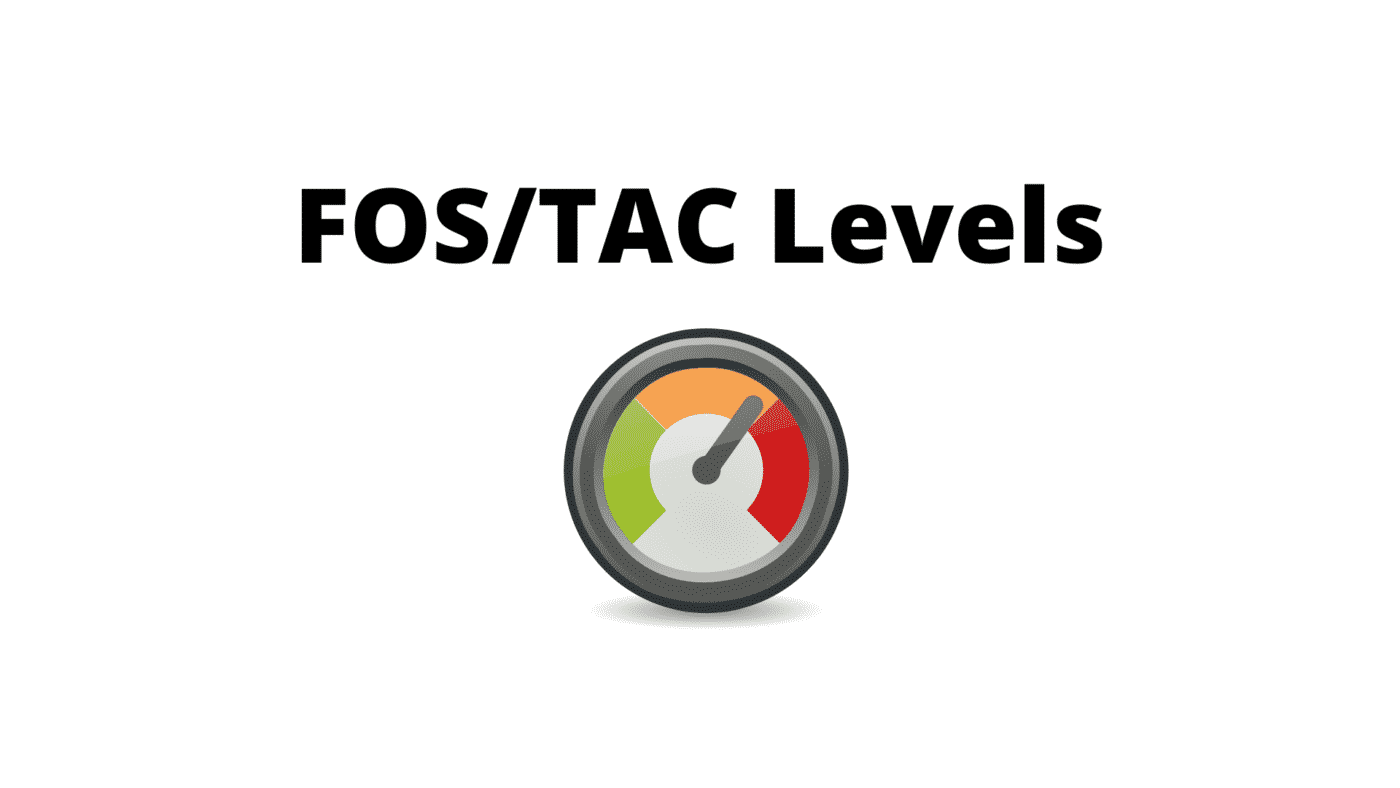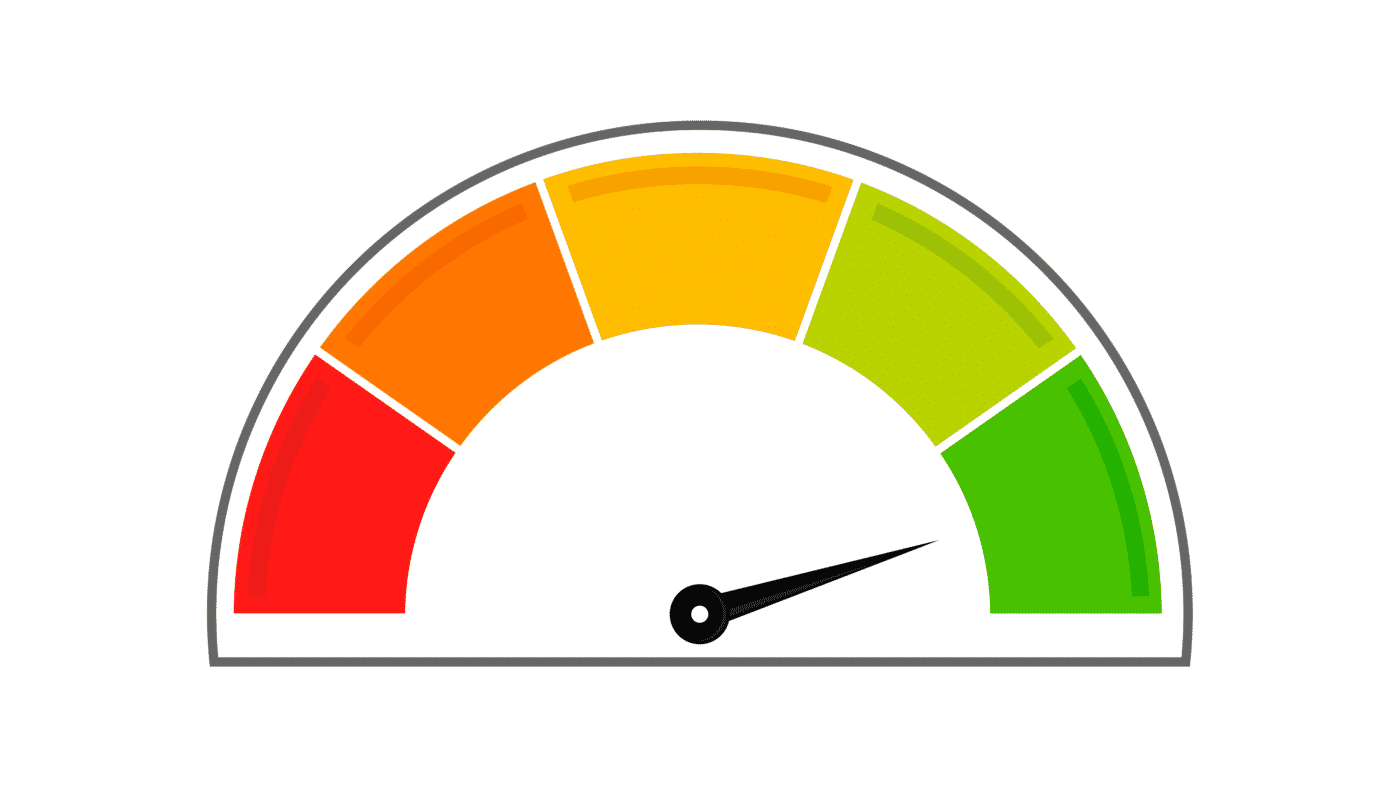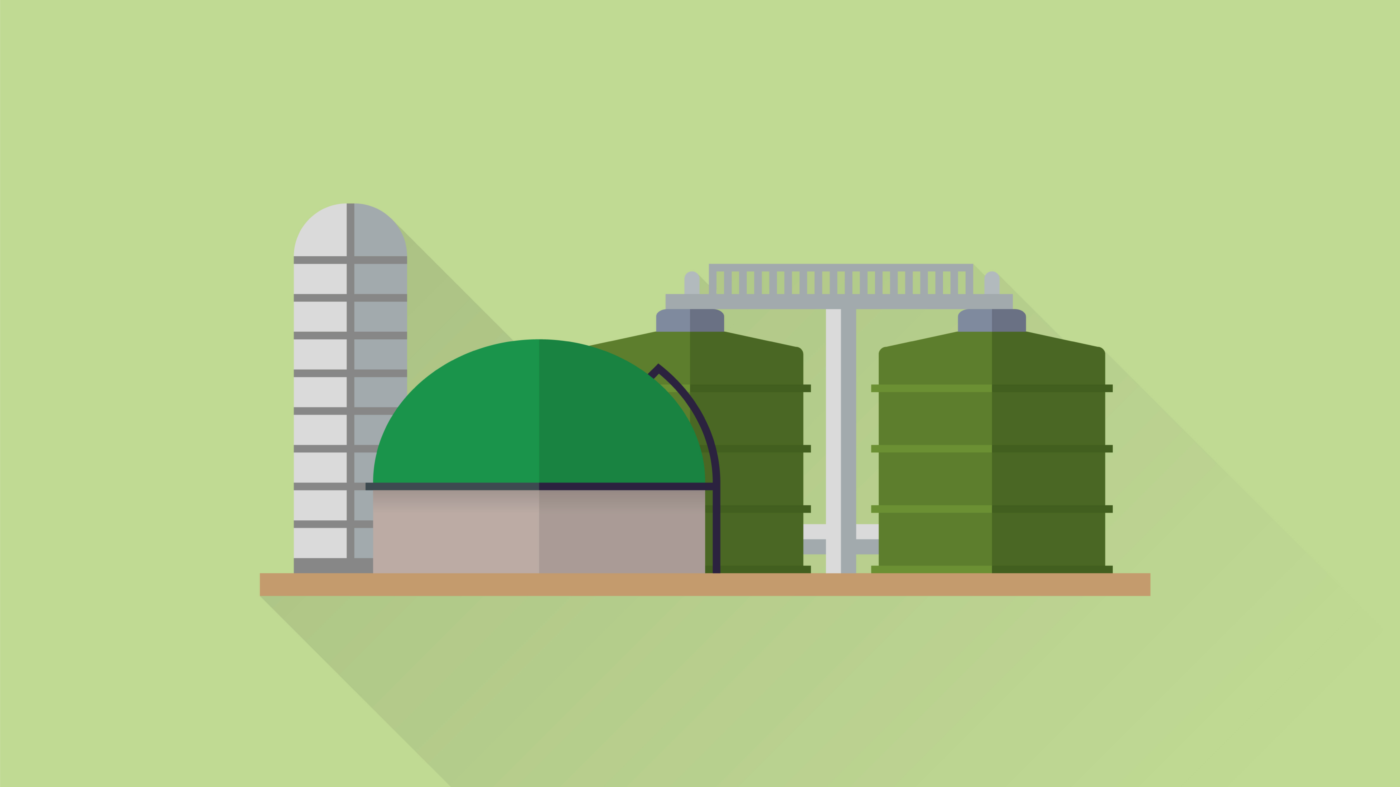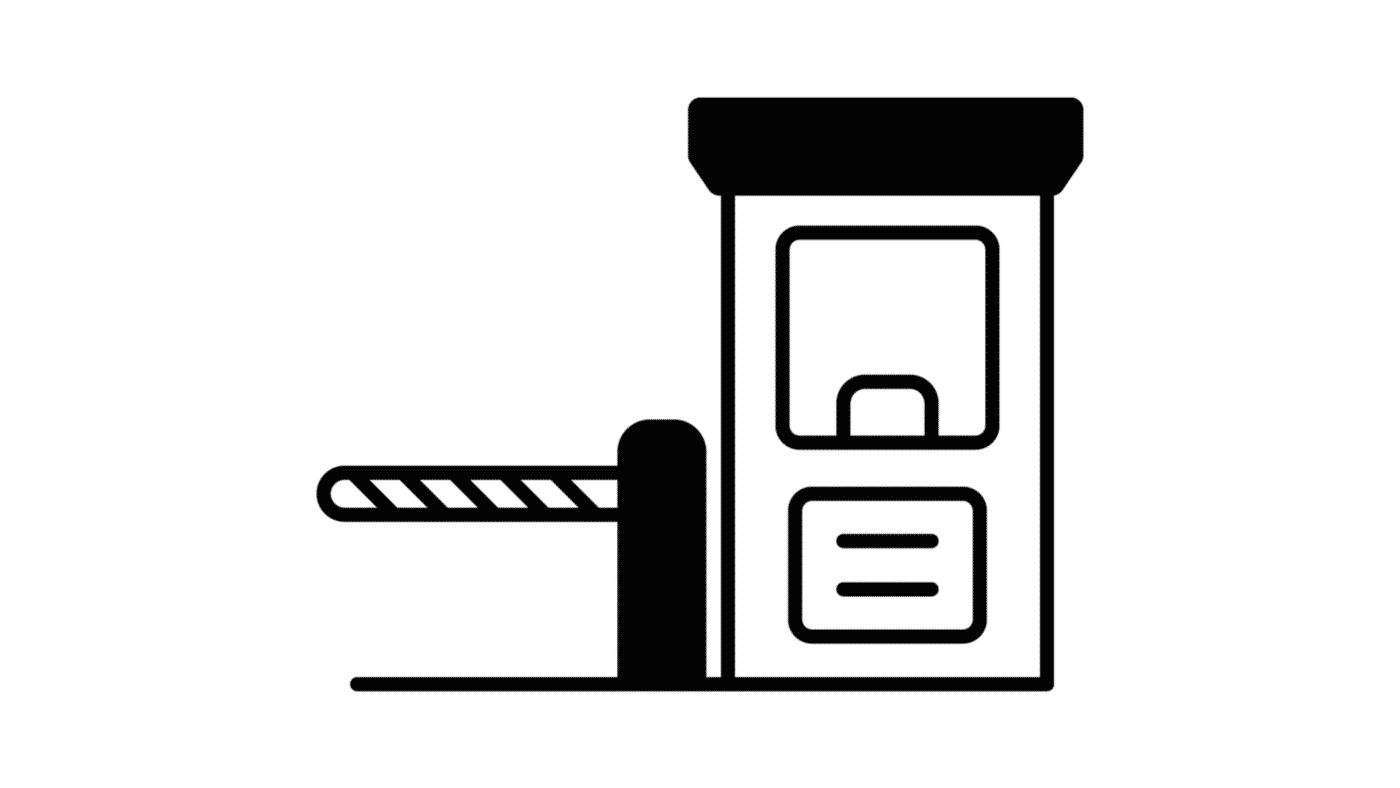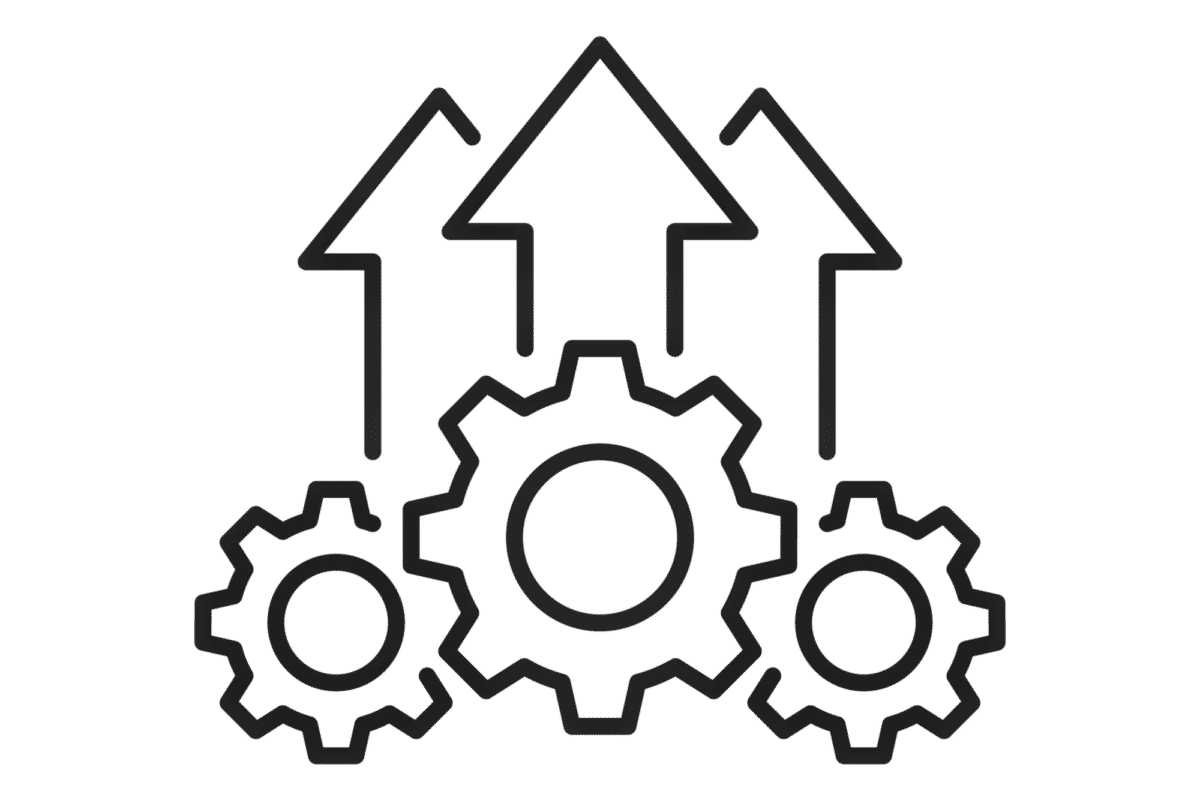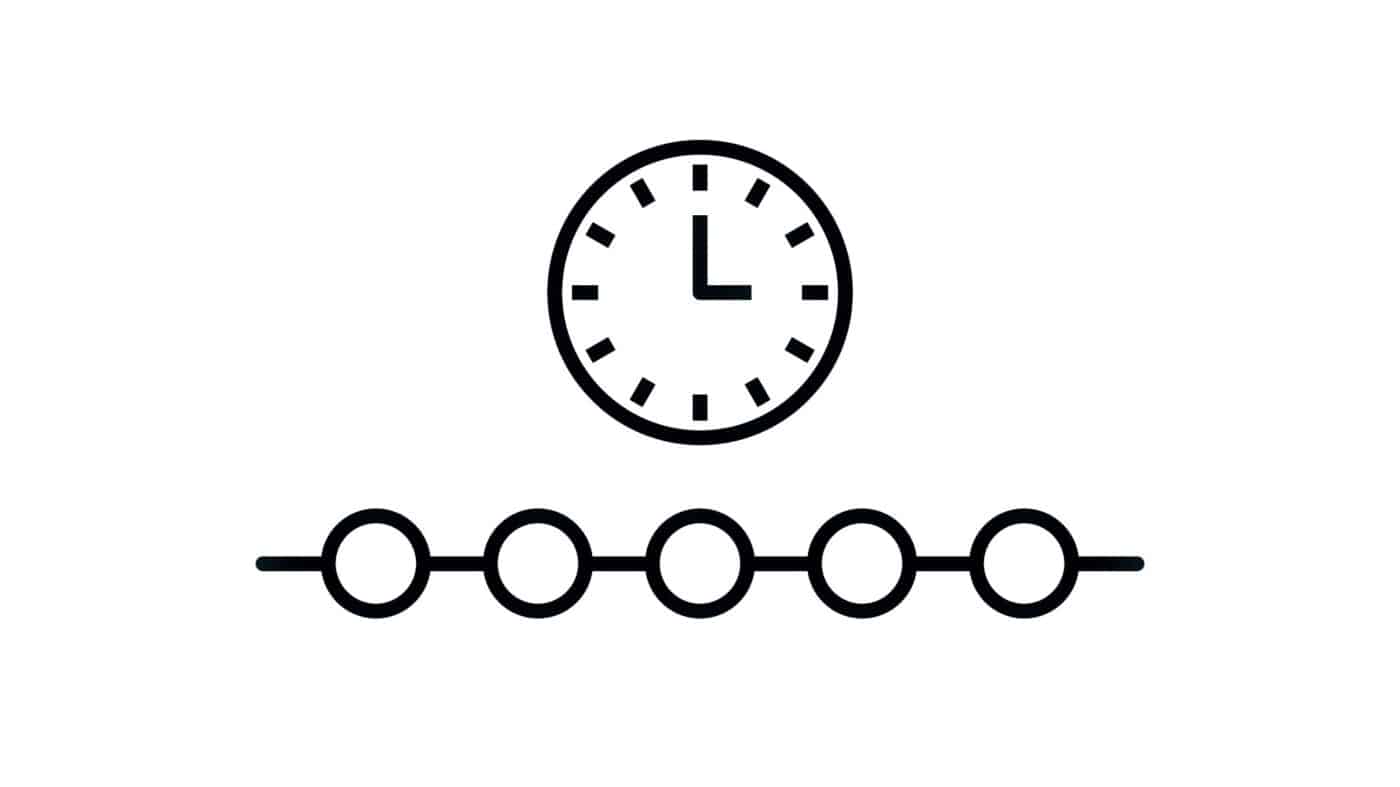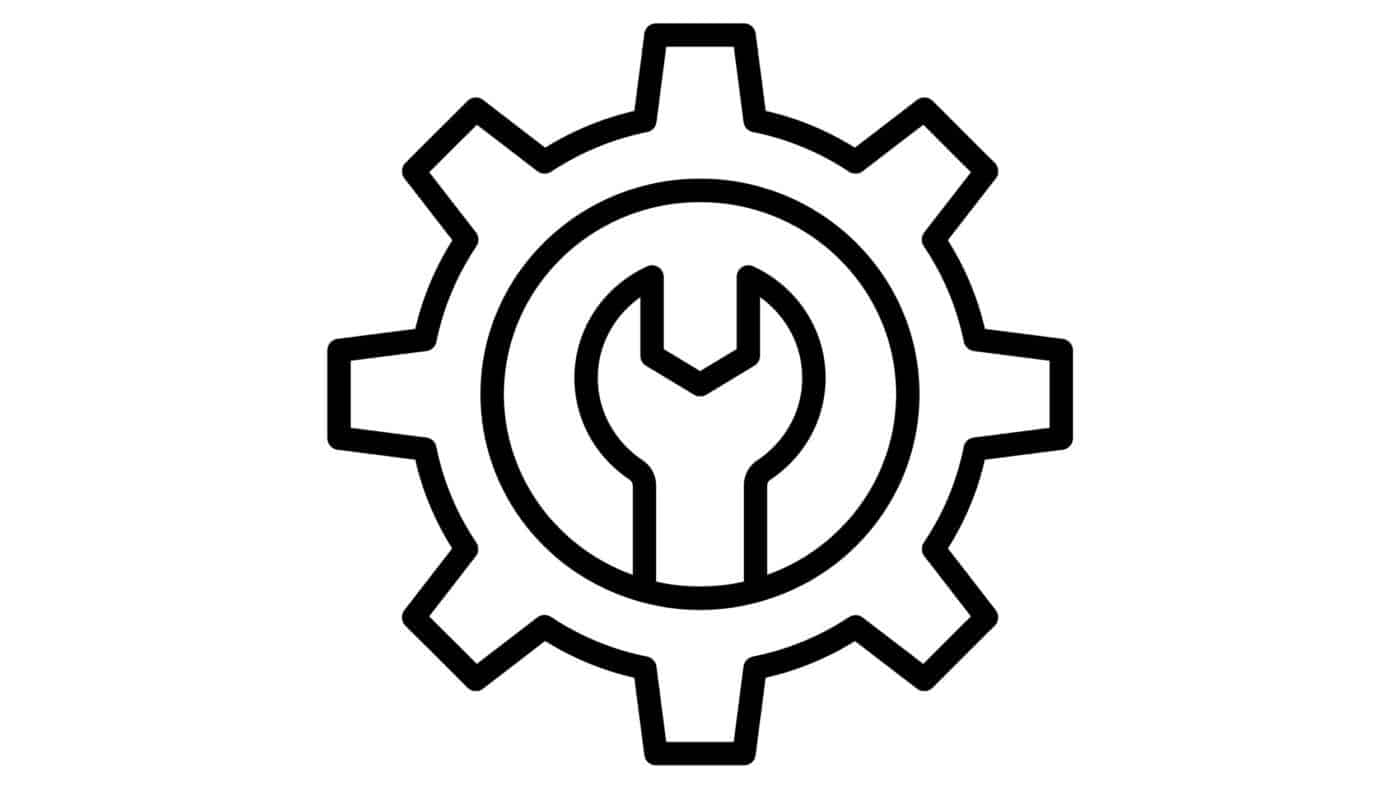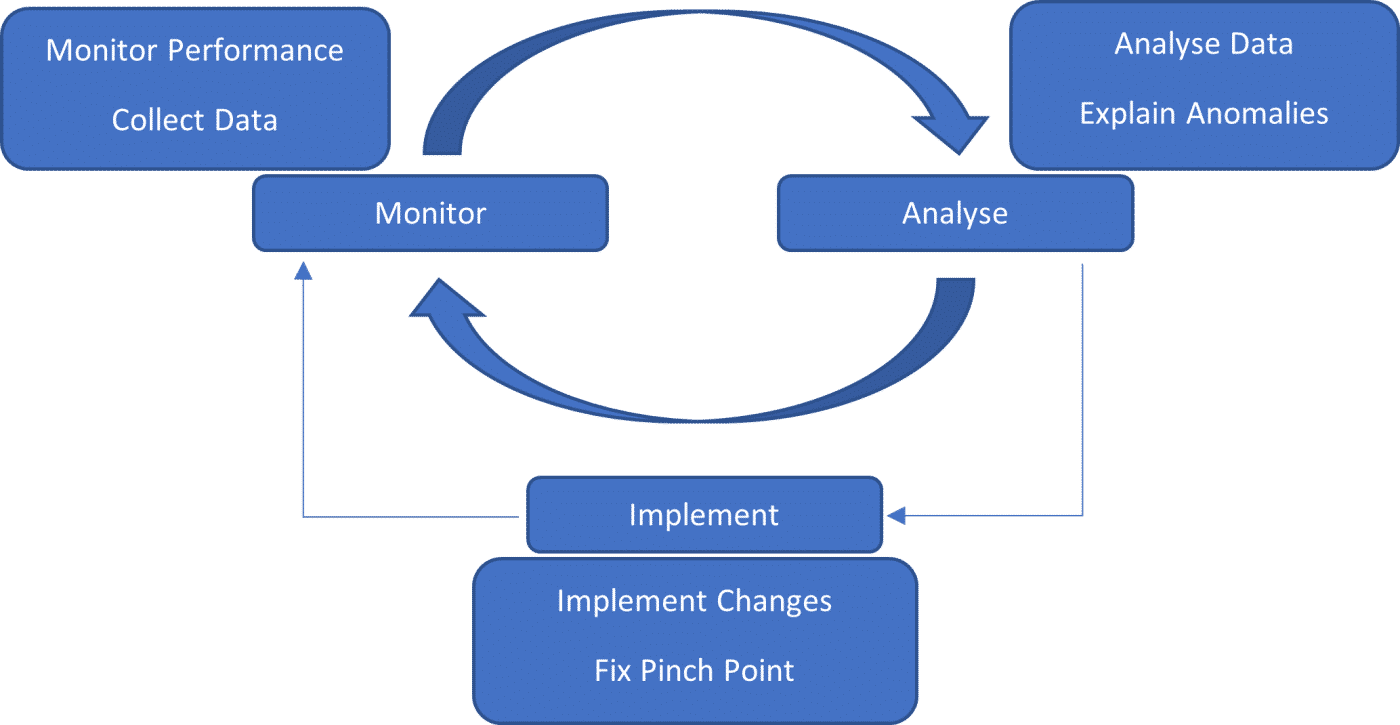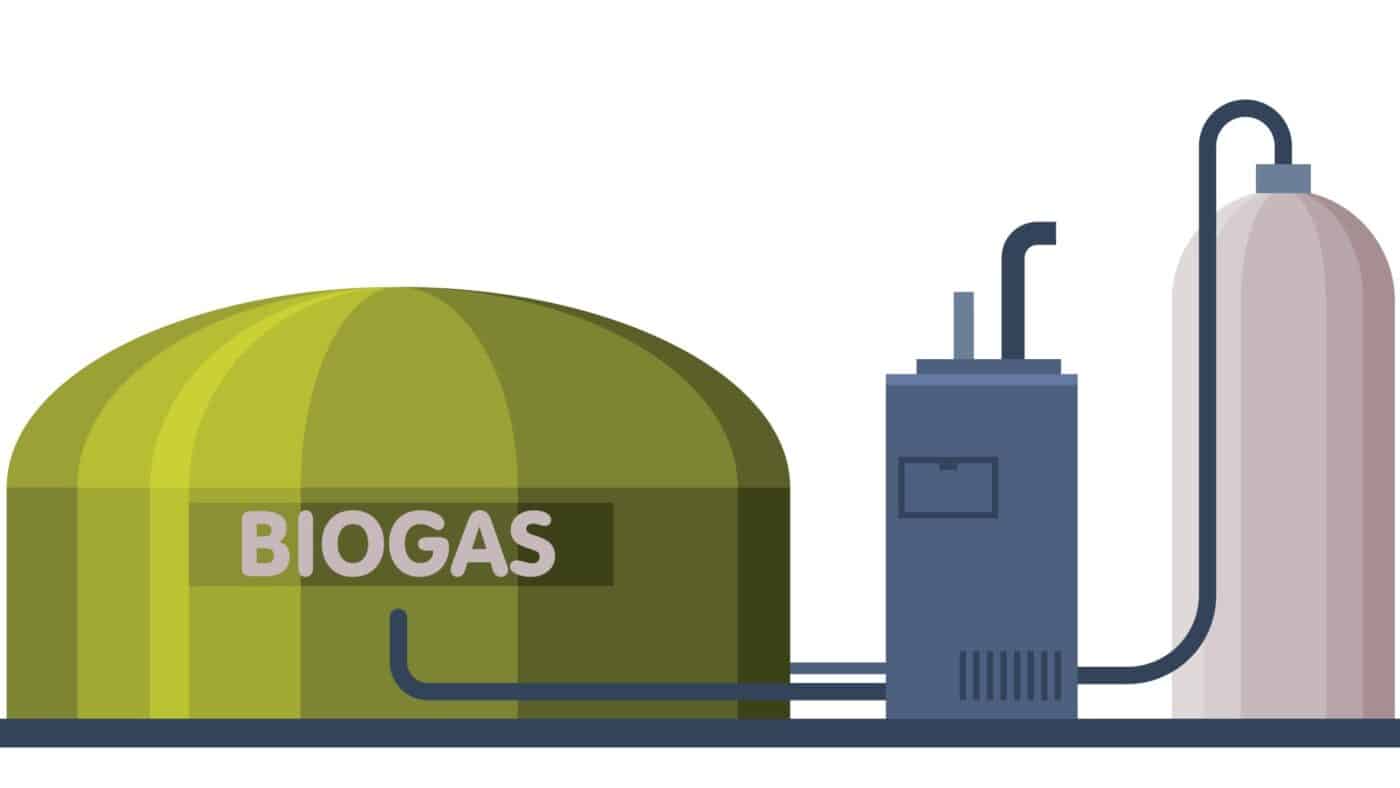Anaerobic digestion process metrics can be extremely important overall performance of the system. The efficiency can be measured in two different ways. Both of these focus on two different aspects of the process. These are:
- Biochemical process
- Physical process
Biochemical Process
Conversion Efficiency of The Inputs
Within the biochemical reaction that takes place throughout the process, we can use certain data to measure how our digester is performing.
Firstly, we can use the organic matter that we put into the system to measure the outputs from the process. If the biogas yield was required then we could use (m3/tOM). With m3 representing the biogas yield from the output of the digester and tOM being the tonnes of organic matter loaded into the digester.
If we wanted to find the electricity yield from the process we could use (kWhe/tOM). Where kWh is the electricity produced by the CHP unit in the system and tOM is the tonnes of organic matter being loaded into the digester.
Digester Productivity
Secondly, we can look at the productivity of the digester itself and how it is performing. To do this we would use (m3CH4/m3D day). Where m3CH4 would be the biogas that the digester is outputting and m3D day is the volume of digestate being produced per day from the process.
Focusing on both of these outputs from the process will give a clear understanding of how the digester is operating. From this, we can then compare this against benchmark data to see if it is underperforming.
Physical Process
Conversion Efficiency of The Outputs
When assessing the performance of the direct outputs we have to look at the physical processes that are taking place. In Anaerobic digestion process metrics, this is typically done by looking at the performance of the engine, typically known as the combined heat and power (CHP) unit.
This can be done through two methods. The first is the yield of electricity from the CHP unit. We can derive this from using the formula (kWe/m3CH4). Where kWe is the number of kilowatts of electricity that is being produced by the unit and m3CH4 is the amount of methane being produced by the digester per day.
The second method is total engine efficiency. This is the sum of electric output added to the sum of thermal output and divided by total fuel energy input (see below). From this equation, we would expect to see a value of around 60-80% efficiency from our CHP unit.
ηo = We + ∑ QTH / QFUEL
References –
Roots Organics Ltd

